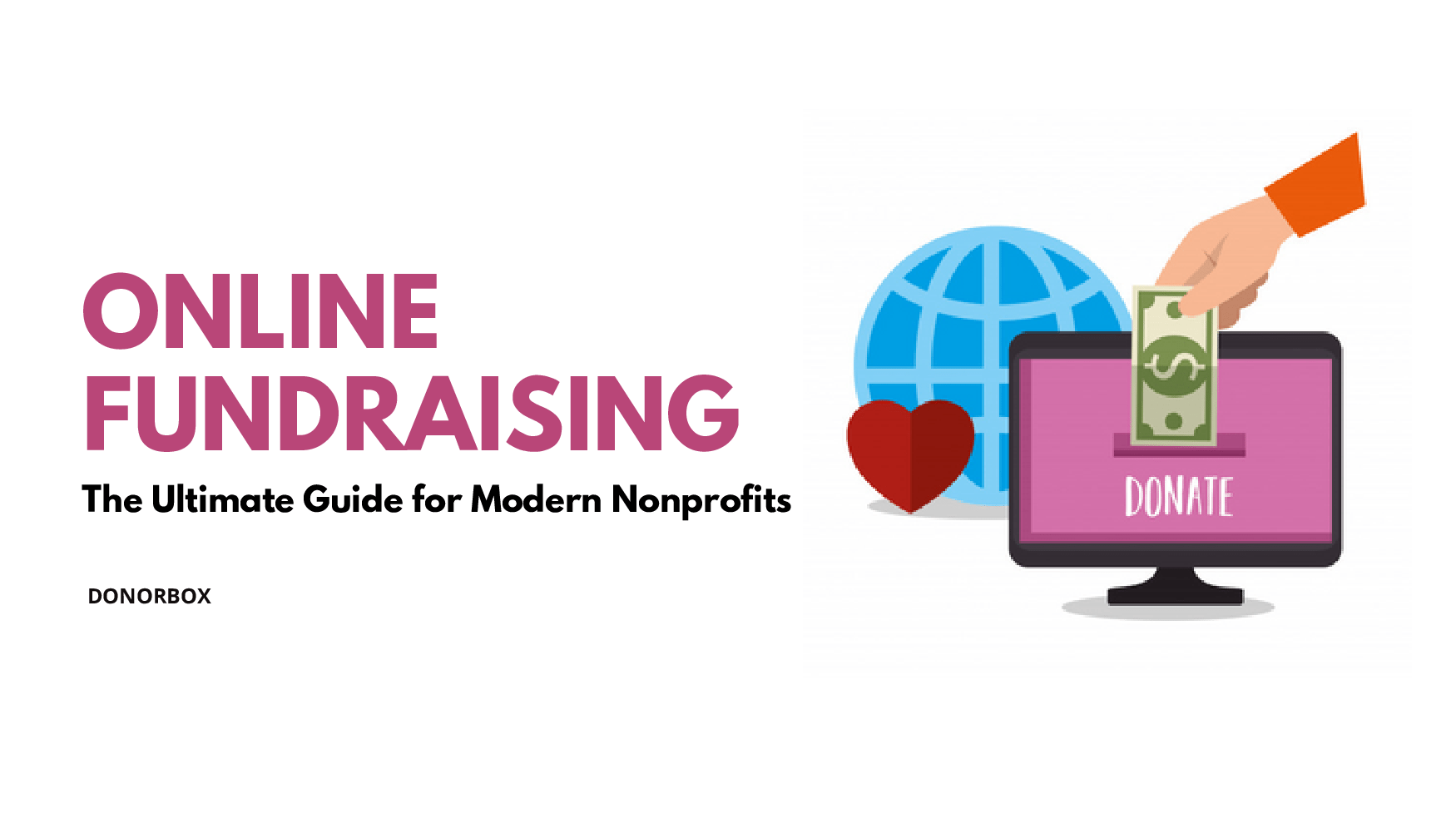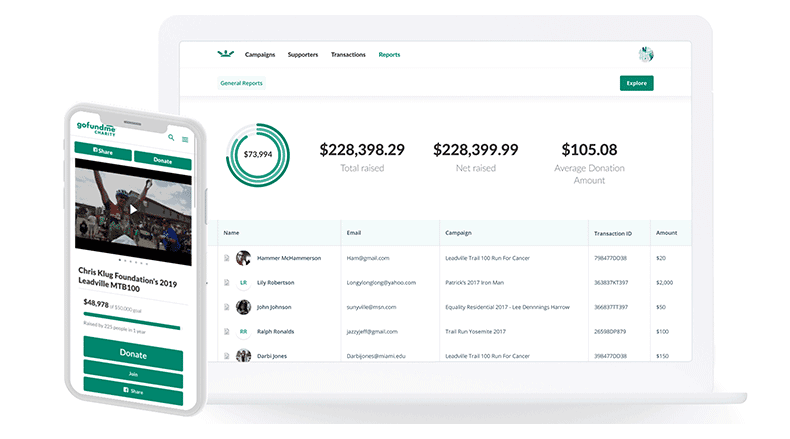Fundraising Consultant: Increase Your Nonprofit's Revenue with Specialist Assistance
Fundraising Consultant: Increase Your Nonprofit's Revenue with Specialist Assistance
Blog Article
The Duty of Community Involvement in Nonprofit Fundraising: Structure Lasting Relationships for Lasting Support
Area interaction is increasingly recognized as an important element of effective not-for-profit fundraising. By promoting real relationships with regional stakeholders, organizations can cultivate count on and commitment, which are crucial for sustainable support. Nonetheless, the approaches and methods employed to involve areas differ widely, elevating important inquiries about effectiveness and influence. What are the finest techniques for growing these necessary connections, and exactly how can nonprofits determine their success in this field? Comprehending these characteristics can substantially affect the future of fundraising initiatives and the total objective of nonprofit companies.
Understanding Community Involvement
Community involvement is an essential part of effective not-for-profit fundraising initiatives. Nonprofits have to identify key stakeholders-- such as community participants, regional companies, and various other companies-- to produce reliable engagement methods.
Reliable community involvement is asserted on active listening and responsiveness to the demands and rate of interests of the neighborhood. This process includes obtaining responses, comprehending neighborhood dynamics, and ensuring that the organization's objective straightens with neighborhood priorities. Involving the area can take different forms, consisting of public conferences, volunteer chances, and collaboration initiatives, each created to encourage participation and investment in the organization's objectives.
Additionally, community interaction ought to be come close to as a recurring dialogue instead than a single effort. By cultivating an inclusive environment where neighborhood voices are heard and valued, nonprofits can develop a strong structure for future fundraising endeavors. Ultimately, a deep understanding of community engagement empowers organizations to develop authentic connections that enhance their total efficiency and sustainability.
Advantages of Strong Relationships
Solid relationships formed through area engagement yield many benefits for not-for-profit fundraising initiatives. Firstly, these partnerships foster depend on and credibility, important elements in motivating contributors to add. When prospective supporters see a nonprofit proactively involved in their community, they are much more likely to rely on its mission and effect.

Furthermore, these relationships facilitate efficient communication. Nonprofits can utilize their links to share stories of influence, updates, and needs, making certain that supporters continue to be informed and involved. This open line of interaction not only reinforces bonds but likewise urges word-of-mouth promotion, expanding the nonprofit's reach.
Lastly, solid area ties can draw in brand-new partners and sponsors. Organizations and individuals are extra inclined to align with companies that show significant neighborhood involvement, supplying additional sources and assistance that can dramatically enhance fundraising capabilities. Thus, growing durable connections through community involvement is important to a not-for-profit's long-term fundraising success.
Strategies for Reliable Involvement
How can nonprofits successfully engage their neighborhoods to boost fundraising efforts? Creating targeted strategies is vital for cultivating meaningful connections. Initially, leveraging social media systems makes it possible for organizations to share their objective dynamically and interactively, reaching a wider audience. Routine updates, engaging content, and calls-to-action can galvanize area interest and engagement.
Second, holding neighborhood events, such as workshops, volunteer chances, or fundraising drives, facilitates in person interaction, enabling nonprofits to read more showcase their influence and initiatives. These events not just raise funds yet likewise grow relationships and permit community members to engage straight with the cause.
Third, executing personalized interaction methods can enhance interaction. Tailoring messages to particular benefactor sectors based on passions and previous payments cultivates a sense of belonging and financial investment in the organization's goal.
Lastly, creating partnerships with neighborhood businesses and community leaders can enhance outreach initiatives. Joint efforts can boost presence and trustworthiness, showing a cumulative dedication to the neighborhood's well-being. By incorporating these strategies, nonprofits can construct long lasting partnerships that improve fundraising efforts and drive sustainable support.
Gauging Engagement Success
While engaging the neighborhood is critical for successful nonprofit fundraising, determining the effectiveness of these engagement initiatives is just as vital. Establishing clear metrics allows organizations to assess just how well they are connecting with their target market and achieving their fundraising goals. Trick performance indications (KPIs) such as contributor retention prices, volunteer engagement levels, and involvement on social networks systems supply substantial data for assessment.

Frequently assessing these metrics enables organizations to pivot their strategies when required, guaranteeing that neighborhood interaction remains aligned with their overall objective. Furthermore, sharing these outcomes with stakeholders fosters transparency and builds trust fund, urging further neighborhood participation. Ultimately, a robust measurement framework not only educates future fundraising initiatives but likewise reinforces the connection learn this here now in between the nonprofit and its supporters, preparing for lasting success.
Study in Neighborhood Impact
Many study highlight the extensive impact that community interaction can carry not-for-profit fundraising success. One remarkable instance is the "Something to chew on" effort, where a local food bank partnered with organizations and colleges to host neighborhood suppers. These events not just raised funds but also promoted a sense of belonging among individuals, substantially raising contributor retention rates.
Another compelling situation is the "Environment-friendly Spaces Task," which included regional homeowners in the revitalization of metropolitan parks. This effort not just gathered economic assistance from local businesses however additionally cultivated a volunteer base that contributed to recurring upkeep and programs. The feeling of possession and pride amongst neighborhood participants translated right into sustained contributions.
In the world of arts, the "Art for All" campaign successfully engaged regional artists and clients to produce joint art installations, leading to boosted exposure and donations for a local arts not-for-profit.
These examples highlight that when nonprofits focus on community participation, they can develop enduring relationships that boost fundraising efforts, making certain lasting assistance and cultivating a lively over here community culture. Such instances show that neighborhood involvement is not merely a technique but an important pillar of nonprofit success.
Conclusion
In verdict, neighborhood involvement is indispensable to the success of nonprofit fundraising efforts. Inevitably, a robust foundation of community assistance not only enhances fundraising potential however also grows a society of cooperation, important for achieving long-lasting business goals and maintaining meaningful influence. fundraising consultant.
Nonprofits must recognize key stakeholders-- such as area participants, local companies, and other organizations-- to develop efficient interaction techniques.

In verdict, neighborhood interaction is important to the success of not-for-profit fundraising efforts.
Report this page